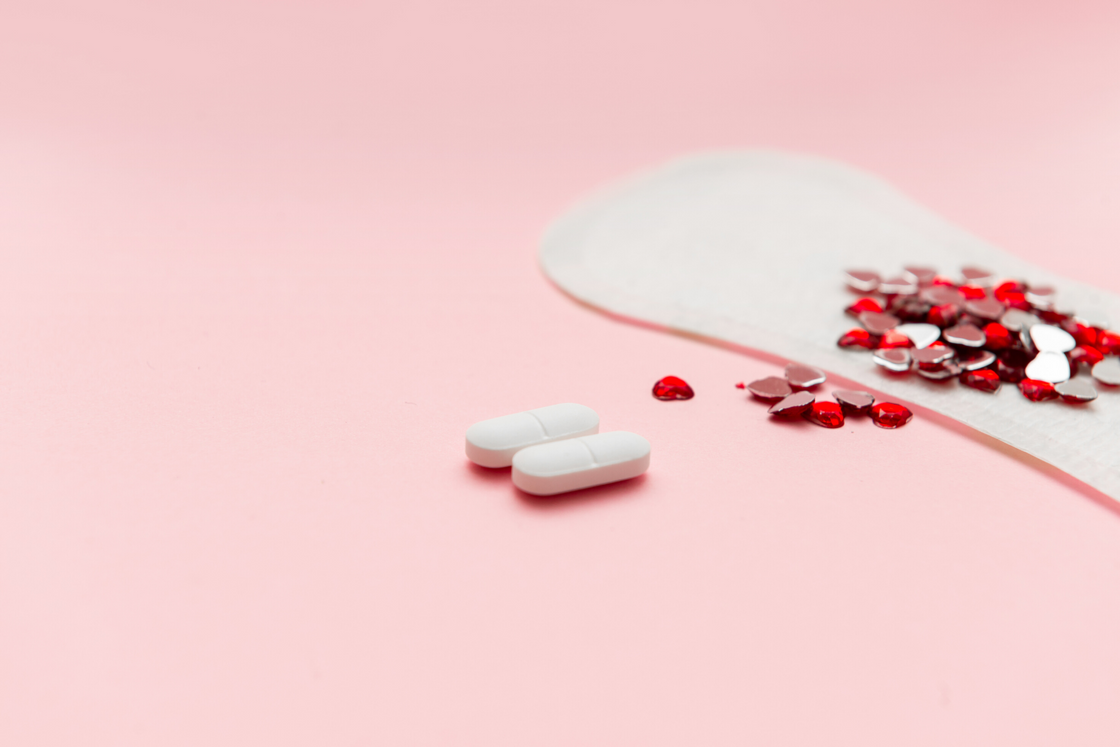What is oestrogen and how is it linked to the menopause?
There is so much information out there about the menopause that it can be hard to know where to start, what to believe and how to cope with all the medical and scientific jargon. One of the most common words that you are going to hear in connection with the menopause is ‘oestrogen’. Getting oestrogen savvy, understanding how this hormone works and changes during the different stages of womanhood could help you feel more at ease during the menopause. So here goes…
It’s just a family of hormones!
Technically speaking the term oestrogen is the name given to a family of hormones. Scientists have discovered that women’s bodies make six different types of oestrogen – oestradiol, oestriol and oestrone are the three main forms of oestrogen that you’re likely to hear about. Each of these oestrogens have different jobs to do in the body and vary according to where they are produced, when they are produced (stage of life) and biological activity. Here’s a summary of their individual characteristics…
Oestradiol and the menstrual cycle
Oestradiol is the most common form of oestrogen produced by the ovaries during a woman’s reproductive years. This form of oestrogen oversees the ebb and flow of the monthly cycle by reaching a peak in the middle of the cycle when it stimulates ovulation, and then two weeks later oestradiol plummets to a low point which triggers menstruation.
Oestradiol is the strongest and most biologically active form of all the oestrogens. Oestradiol leaves the ovaries and reproductive area where is has a positive influence on bone health, joint health, skin health, muscle tone, memory, mood and metabolism. But the strong activity of this hormone is kept in check by progesterone – together they work as a dynamic team to support female health during the reproductive years of a woman’s life.
As you get older and approach the perimenopause the monthly rise and fall of oestrogen starts to level out which shuts down ovulation and triggers changes in the length and frequency of periods. Eventually oestradiol is maintained at a constant low level and this completes the transition of the menopause when a monthly cycle no longer occurs.
Oestrone for beyond the menopause
The oestrone form of oestrogen is produced by the ovaries, the adipose tissues (cells that store fat) and the adrenal glands (the glands that deal with stress). Oestrone has a much milder biological activity compared to oestradiol. During the menopause progesterone levels also drop leaving the action of oestradiol unharnessed. High levels of oestradiol without the protection of progesterone could be potentially harmful for body cells that are oestrogen receptive and could be an contributing factor for hormone related cancers such as breast cancer, uterus cancer, endometrial cancer, cervical cancer and ovarian cancer.
Oestriol for a happy pregnancy
Oestriol is the least powerful of the three oestrogens and tends to be called upon during pregnancy when it can be made by the placenta. In non-pregnant women oestriol is produced in very small amounts. However, studies are revealing that the weakness of oestriol may in fact be its strength for the menopause. This form of oestrogen may become the new preferred form of oestrogen for bioidentical hormone replacement therapy since it’s milder action may be a safer form of hormone therapy when compared to oestradiol. (1-4)
Menopause symptoms associated with oestrogen
As oestrogen levels change from the years of monthly oestrogen highs and lows during the perimenopause and head towards the constant low level of the menopause, the adjustment can result in common symptoms such as hot flushes, vaginal dryness, anxiety, panic attacks, night sweats, fatigue, low mood, depression, tearfulness and weight gain. Eventually, as oestrogen levels stabilise towards the end of the menopause symptoms should lift. However, if oestrogen levels fall too low then symptoms could become too troublesome to cope with.
What about plant oestrogens and natural support?
Dietary changes, stress management, avoiding caffeine, reducing alcohol and focusing on exercise could all help support hormone balance during the menopause. Natural nutrition supplements such as phytoestrogens (phytoestrogens) and B-vitamins may also be of benefit to help support hormone balance. So if your menopause has left you feeling hot and bothered then do pop into your local independent pharmacy or health food store or book an appointment with a local nutritional therapist who can help recommend suitable supplements to help support oestrogen balance.
By Susie Debice
Food Scientist and Nutritional Therapist


